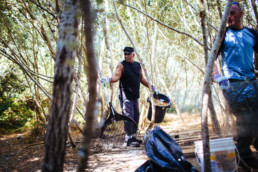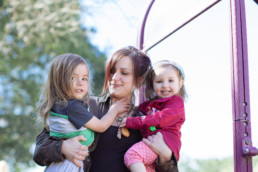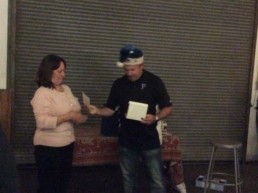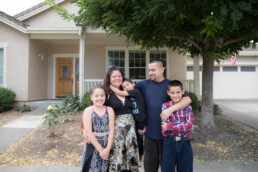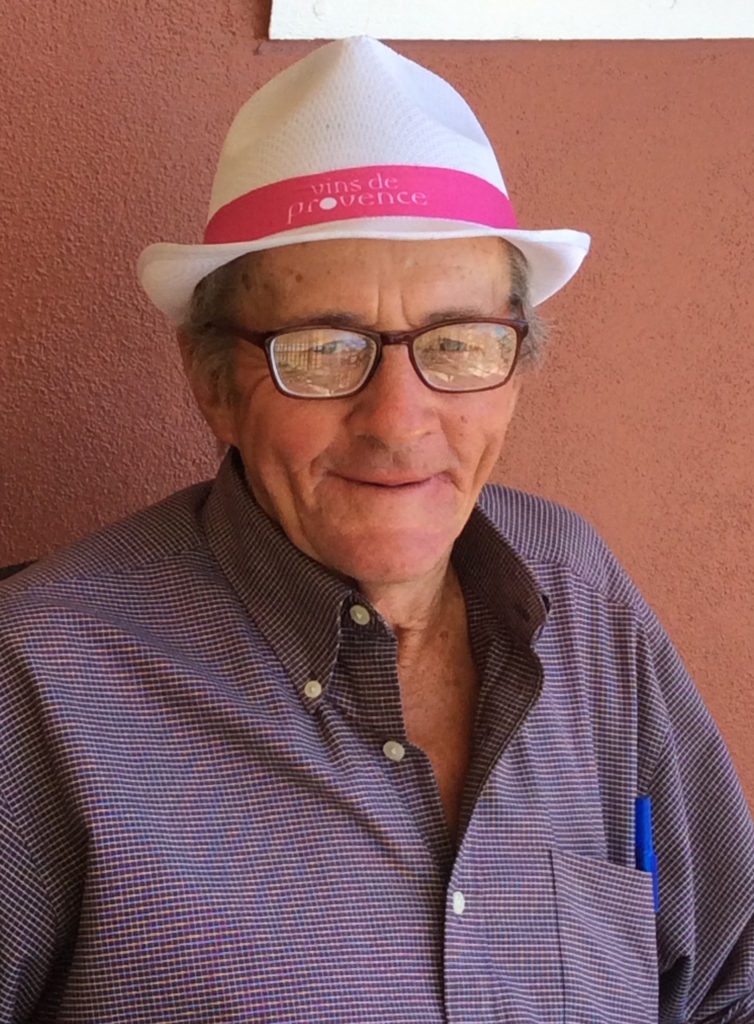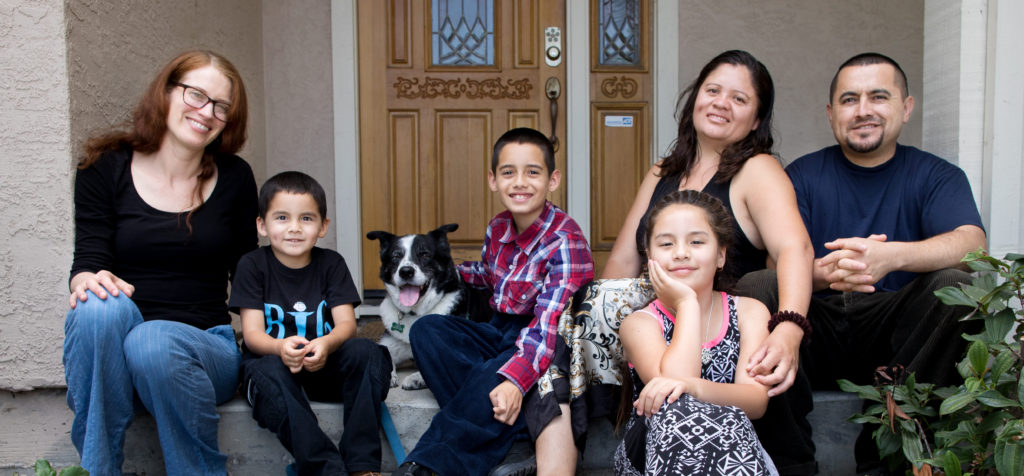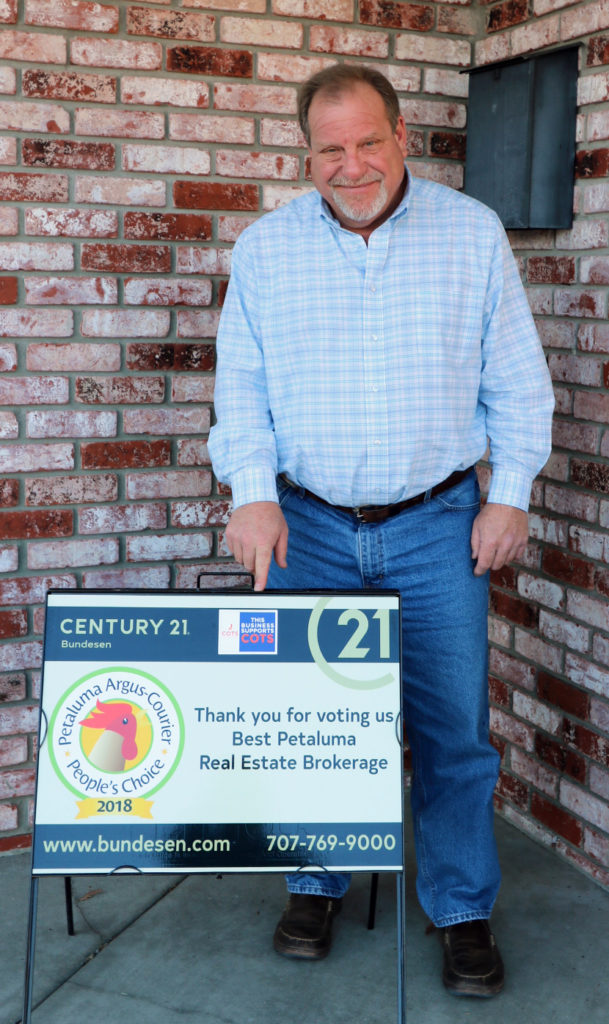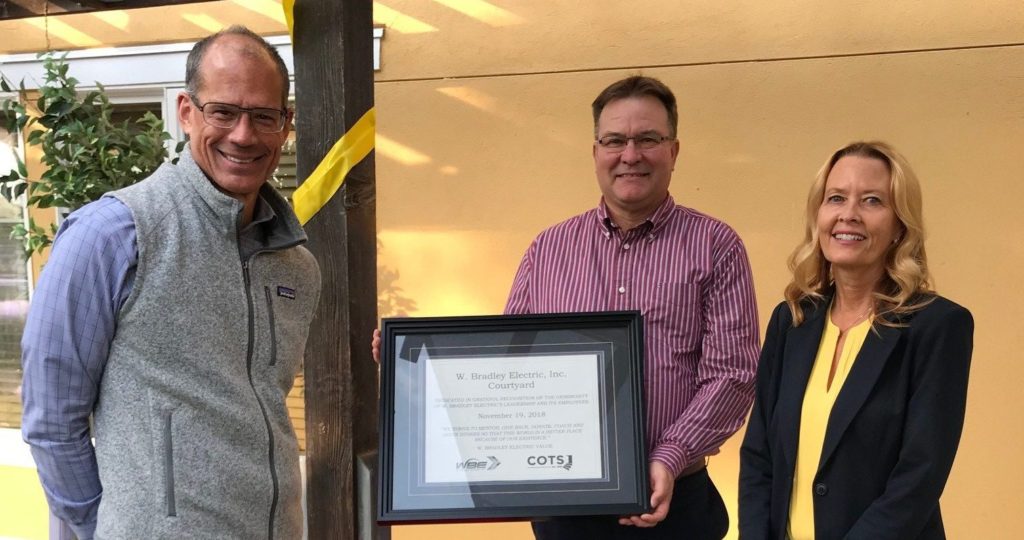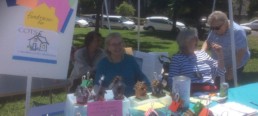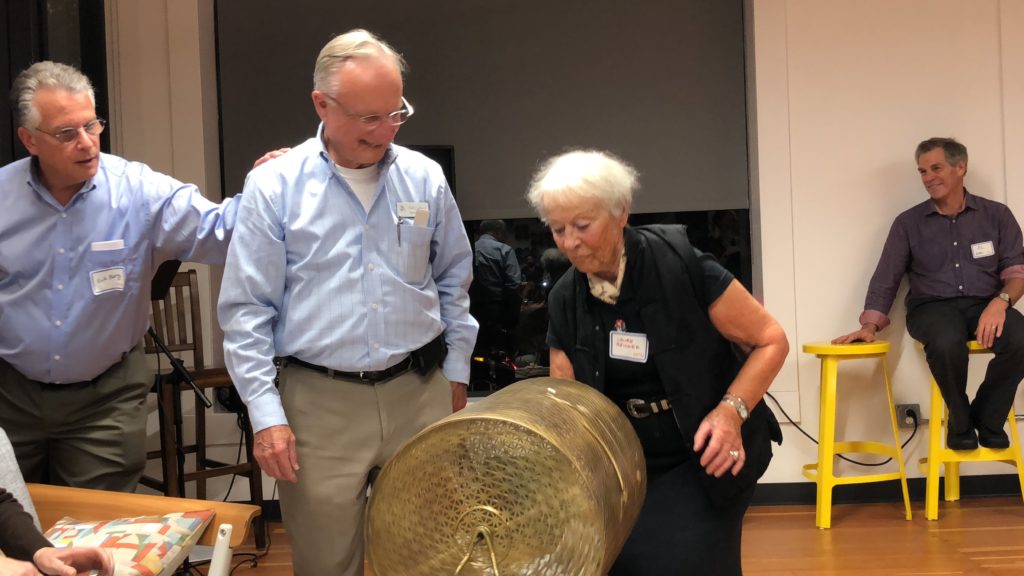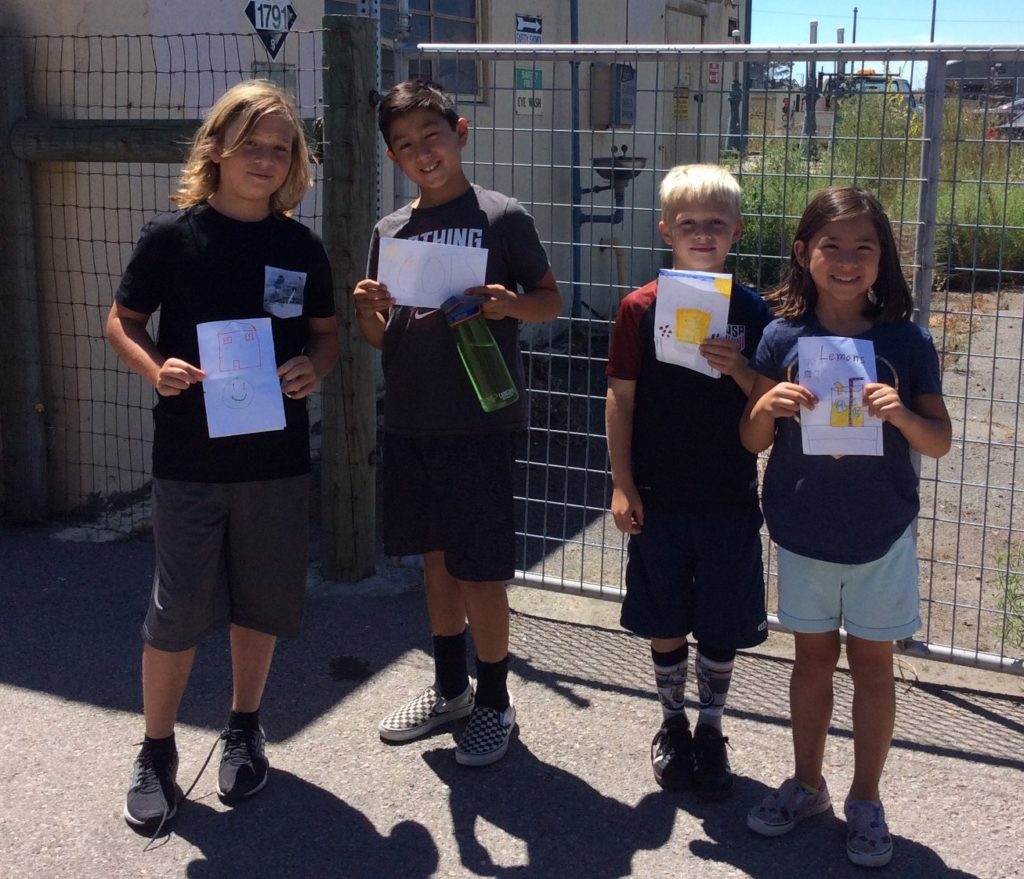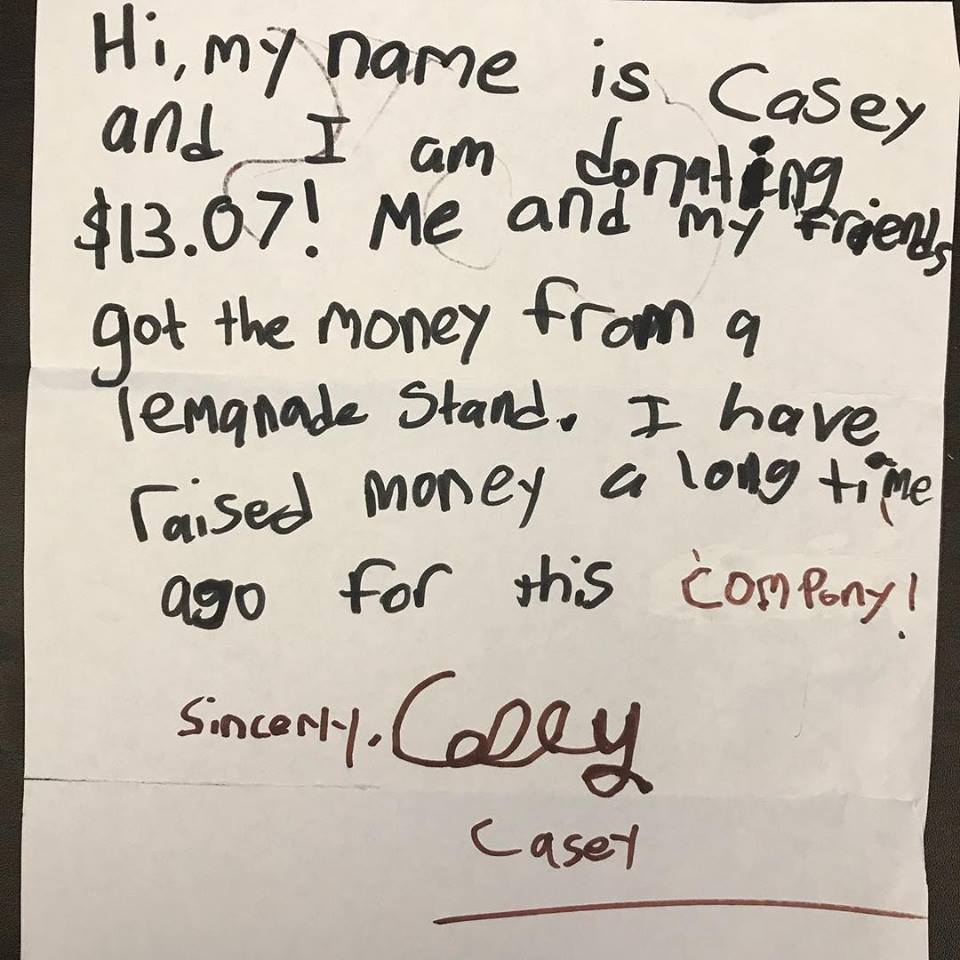James's story
James joined the Marines at 17. “I was mad at everyone,” he says, “and I just wanted to get away.”
He’d lost his Dad four years earlier. James was himself in intensive care at the time, after having been hit by a drunk driver. He didn’t get to see his Dad before he died. “I was in a hospital in Novato and he was in a hospital in San Francisco. I went the bad way after that,” he says.
While in the Marines, James suffered a sexual assault. Admitting victimization in the armed forces isn’t an easy thing today. But it was unthinkable in the 1980s. As a result of the trauma he couldn’t acknowledge, James’ on-the-job performance suffered. He left the service without an honorable discharge--and, therefore, without access to many of the services that could potentially help him.
James’ life after that was a seesaw. He’d muscle through long chapters of stability and prosperity. A jack of all trades, he’s at home in a restaurant kitchen, a hospital, or a construction site, and he did well at all his jobs for a time. But he was also contending with undiagnosed depression and panic and anxiety attacks. Drugs helped, but they also made him homeless several times. “Pretty soon, I’d be out there ripping and roaring in the bushes,” he says. “It was inevitable.”
In his 40s and 50s, he thought he had it licked. He had his own apartment, good jobs, and savings. He saw his Mom regularly and helped her out around the house.
But while he was away on a construction site, his Mom died. Once again, a parent died without a farewell. James’ sister and best friend died shortly after and James fell apart.
He was camping in the bushes around the Mary Isaak Center, coming in for lunch. “[Shelter Manager] Silvia told me how to get a bed,” James said. But she and James’ Housing Navigator Pamela didn’t let him stay in that bed too long. “I woke up in my bunk one day and they were there, telling me it was time to go to treatment.”
“I went because I knew them and trusted them,” James says. “I also knew that I just didn’t have another run in me.”
After James returned from treatment, Pamela helped him find housing in Petaluma in a house dedicated to homeless veterans. “I see Pam every week. She comes out to the house to check in. It keeps me connected.” Pam helped him connect with a therapist which is proving helpful. He also values the connection he’s made with Annie Nichol, the Petaluma Heath Care Center nurse practitioner headquartered at the Mary Isaak Center.
He’s taken on a leadership role in the local recovery community “which helps a lot. It’s good to be busy and helpful,” he says. Pamela encouraged him to take care of his health, so three days a week, James joins a roomful of women for a kickboxing class. “In a lot of ways, this has been the most powerful part of my recovery,” he says.
Angela's Story
The light’s best in the kitchen, so Angela’s cello is set up there, the sheet music propped on a painter’s easel next to the fridge, ready for her to bow through a few measures every day. Over the holidays, she and her brother gave an impromptu concert for their mom, Angela’s first in many years.
Music was the through line of her childhood, and it feels good to return to it after many years away.
What else feels good?
Feeling. Feeling everything that life throws her way.
But that’s new. “For most of my life I tried to avoid it,” Angela says. “That’s why I didn’t like sobriety. Stub your toe, feel the pain. Do something stupid, feel the pain. That was the last thing I wanted.”
Feelings of embarrassment and disgrace stalked her. She wasn’t the academic success her brother was. She cringed thinking of her parents’ disappointment. “I ground that relationship with my parents to nothing,” she says. Her romantic partnerships ended badly, in ways that made her feel devalued. Drugs were the cure for shame and discontent, but also the cause, and her days were a circle of discomfort and escape, panic and escape, anxiety and escape.
“I used to dream that there would be a hippie colony of women who would rescue me, beam me away to a sunny hill—just adopt me and solve all my problems.”
No magical hippies arrived, but when she lost her daughter to the child welfare system, a colony of other helpers began arriving, one by one.
The first was a woman who told her about treatment. “I just met her randomly the day after it happened, when I was a mess. Her name was ‘Angela,’ too, and she told me about a program. The next day, I was enrolled in residential treatment. In two weeks, I was visiting with my daughter. That woman was an angel in my life. I couldn’t have survived if I’d lost Christine.”
Post-treatment, and reunited with Cristine, Angela moved to COTS’ transitional housing and landed eventually in a permanent home--in an affordable apartment complex where COTS provides supportive services designed to help tenants retain their housing for themselves and their children.
“I wouldn’t be here in this apartment without Jim, my case manager in transitional housing. I wasn’t feeling confident, and he was determined for me. I needed that push then to even apply. I don’t know where we’d be without him.”
The next helper was at the new apartment complex. Copper was the first of several COTS-provided advocates Angela’s worked with over the years.
“She taught me to be gentle with myself,” Angela says. Copper shared research on how difficult childhood experiences often correlate with risky behaviors in adulthood. “She helped me make sense of my past. Things started clicking.” Copper also helped Angela develop coping skills. Angela’s apartment is full of reminders of those skills—a poster here, a set of stones there, a painting there, written reminders on the fridge.
After Copper left, Angela relapsed. “I was keeping it together at work. I thought I could have it all. I thought I could do it under the radar. Until I couldn’t,” she says. That brought her to her next helper, Copper’s replacement, COTS advocate Tisha.
“Tisha knew something was wrong, and she kept asking me to come in and talk with her. Finally, I did.” Angela realized she needed help if she wanted to provide stability for Christine. Tisha helped her arrange to go back to the treatment program she’d completed years before.
Another helper—Angela’s mom—stepped up then. “’We need to talk about your life. And you’re not going to like it,’ my mom told me,” Angela says with a laugh. Her mom took in Christine, enabling Angela to spend three months in treatment. Her mom also helped with rent, ensuring that Angela and Christine would be able to keep their apartment.
“I filed my taxes and paid her back with the return as soon as I got home,” Angela says. “She gave me a huge gift, but I vowed it was for the last time.”
Her biggest helper was herself. “Ultimately, I had to want it for myself. And I did. I had had enough. I remembered back to this judge. She demanded that I ‘live in transparency’—no lies. And that was what I finally wanted. That was how I wanted to raise Christine.”
Two years later, Angela is still sober and, thanks to the suggestion of another helper, Tisha’s replacement Melissa, she left behind a low-skills job for something she loves. “Melissa suggested I do an informational interview at a treatment center.”
That interview resulted in a career. Melissa helps people navigate the enrollment process at the center and has a small and growing counseling case load herself.
The job is full of surprises—or, rather, Angela finds herself on the job to be full of surprises. “I remember what it’s like, what it felt like to need help and not know how to get it. I don’t want to leave someone with the idea that no one cares. Somebody better care. Somebody better be listening. “
“I used to be really reactive. I hated to feel judged,” Angela says. But now, even during the most difficult conversations with stressed-out people, she keeps her cool and her kindness. “Sometimes, I listen to myself, and I’m like, ‘Who am I right now? Who’s talking?’” Angela says.
“I do the work every day that I know is meant for me,” she says. “I never thought much about my potential. Now, I’m interested!”
Angela now has a group of women friends who, like her, are in recovery. “They’re not the shiny-halo hippies I wished for way back when. They’ve been through it. They’re like soldiers to me.”
But she still treasures her relationship with Melissa. “I can walk down to the office and say, ‘I need to check in,’” she says. Conversation can be about a new goal or an after-school opportunity or an issue with neighbors. It can also be about feelings. They crop up again and again and they still feel new. It’s still good to have someone’s witness and support to go through them, Angela says.
Recovering from homelessness “takes a community,” she believes. “You have to leave room for people to get the support they need. Not everyone has it built-in.”
It's a good news week!
Magic words: “permanent housing”
Your support helped 24 COTS clients move into homes of their own just since Monday! Thank you. And congratulations to our clients and staff who used your assistance well and effectively.
More magic words
When most people think about COTS, they think about shelter.
But did you know that we provide the crucial supports to keep over 400 people in permanent housing?
That number is going up soon.
In partnership with St. Joseph Health, we’ve renovated the second floor of the Mary Isaak Center to provide 11 private rooms to vulnerable adults. This will be permanent housing for up to 18 people. Residents will be able to cook for themselves or eat in our first-floor dining room. They’ll be able to access services at the Petaluma Health Center’s satellite office at our facility. Most importantly, they’ll be able to rely on a COTS case manager to help them navigate doctor’s appointments, finances, personal organization and more.
Can you help us welcome our new tenants?

We are looking for the following new items:
- Small food storage containers
- Individually packaged snacks—no nuts please
- Fuzzy/cozy socks
- Both women’s and men’s underwear (new)
- Hard-to-kill house plants
- Framed, ready-to-hang artwork (we love original pieces)
- Shower totes (like students in dorms use) filled with personal care products:
- Disposable razors
- Shampoo/Conditioner
- Body wash
- Deodorant
- Toothbrush
- Toothpaste
- Comb
To donate items please contact Angela Pustorino at [email protected]. Thank you!
Outreach branches out
This week, Cecily Kagy joined our outreach team. She’ll be training under our Petaluma veteran Randy Clay and then serving the Rohnert Park/Cotati area.
Our outreach specialists reach out to homeless people discharging from hospitals, camping, or sleeping in their cars. The specialists build trust with their clients, encouraging them to make the life changes that will create a safer, healthier life for themselves and the entire community.
They collaborate with local business owners, police officers and health care professionals. We all have a stake in making sure that people are safe.
Pictured: COTS’ Lead Outreach Specialist Randy Clay and a COTS client help Petaluma Police with a camp clean-up; Randy Clay offering assistance in Petaluma’s Putnam Plaza
Meet your COTS team member, Marge Popp
This month meet...

Margie Popp, COTS’ longest-serving volunteer and Lead Cook for lunch on Tuesday, Wednesday, and Thursday!
Margie has lived in Petaluma for all 94 years of her life. In 1945 she started working as an ‘office girl,’ 45 hours a week, earning 17 cents an hour. Margie worked for that same company for 38 years, before retiring in the 1980s.
When did you start volunteering at COTS?
Margie has been with COTS since the beginning. In 1982 a flood left many in Petaluma homeless and Margie started volunteering at a kitchen in the old fire station to help serve those in need. Eventually the kitchen became COTS and Margie continued helping there until the Mary Isaak Center was built.
Why did you choose to volunteer at COTS?
It’d be more accurate to say COTS chose Margie. COTS evolved out of the kitchen she was volunteering at and Margie stayed on. One day, the lead cook told Margie that she was leaving, and Margie was in charge now – and she’s been a lead cook ever since.
What do you like most about volunteering here?
Margie says the people, clients and volunteers, keep her coming back. There’s never a dull moment!
If you see Margie be sure to thank her for all her decades of volunteering and service to others!
January Virtual Coffee with Chuck
I would like to sit down and have a cup of coffee with you to share our progress in serving the homeless, and hear from you about what we could be doing differently or better. Until then, I’d like to introduce you to a Virtual Cup of Coffee. This is my new monthly communique about the business and mission moments of COTS – Committee On The Shelterless. In the business portion, I will share the nuts and bolts of what we do to serve the homeless – our successes and our challenges. In the mission moment, I will share stories about our clients and our wonderful staff who make it all happen. I hope you enjoy it, and I look forward to your feedback.
All my best,
Chuck
Ending Homelessness
In 2016, the California Legislature passed SB 1380 that required all housing programs to adopt the Housing First Model. Sonoma County has since adopted Housing First (HF) to address our homeless problem.
Previously, COTS and other homeless providers followed the traditional model of “housing readiness” – a staircase approach where clients needed to show progress with their case management and compliance with shelter rules. As their behavior and progress improved, they moved up the staircase to transitional housing and then to permanent housing. This model aligned with American values of pulling oneself up by their bootstraps, hard work, and accountability. Sadly, this proved too difficult and many clients relapsed back into the streets.
Housing First originated 25 years ago and was a major shift in approach. HF believes that getting a person into a home first begins their physical and mental healing and immediately moves them from an outcast to a member of the community. Once a person is in a safe and stable environment, HF then surrounds them with supportive services. The success rate is much higher. Moreover, HF eliminates the need for costly long-term shelters and transitional housing and reduces the cost of a homeless person accessing expensive emergency services such as law enforcement and emergency room visits.
COTS adopted Housing First in 2017. The model does have its challenges, such as finding housing in an expensive county with a shortage of affordable housing. We have also made our share of mistakes. We are, however, part of a bigger partnership with the county government, elected officials, other homeless providers, and community leaders that together believe we can end homelessness through this model. I believe we can and will.
As one of our staff mentioned, a home is the foundation of family. It’s where we celebrate birthdays and holidays, grow our families, form our values, and create memories. Everything that is most meaningful and private happens in the safety of our home. Shouldn’t everyone have a home?

Christmas Gratitude
On Christmas morning several staff, some of our shelter clients, and I awoke early, went to the kitchen at the Mary Isaak Shelter, and started to cook a special Christmas breakfast for our clients. Our fearless leader organizing us was Silvia Montero, Manager of Shelter Operations. By then, Santa was long gone and so were the cookies and milk. Regardless, we had eggs going, pancakes on the griddle, sausages in the oven, fruit being sliced, and much more.
As our clients started filtering in for breakfast, its safe to say many were not expecting this. After all, they are homeless and looked upon with judgment. As they served themselves or were served by our staff, many expressed sincere gratitude and appreciation for what they were given.
Over the years, I’ve learned that gratitude is about appreciation; oftentimes, its about something having little to do with monetary worth. It’s also about a feeling of goodness – good things and benefits around us that we receive. These good things can be things outside ourselves – other people that help us achieve that goodness in our lives.
I’ve also learned that gratitude is a choice – we can choose to be grateful or not even in the most challenging times.
On Christmas morning our clients chose to be grateful for what they were given. Despite their situation – living in a shelter, suffering from addiction and mental health illness, they chose to show appreciation for their Christmas meal and the love, respect, and care given to them by staff and volunteers. Small acts of kindness every day can lift spirits, make a difference, and change the world.
Thank you to our staff, volunteers, and clients who made Christmas that much more special for ourselves and others.


Until next month,

Chuck Fernandez
Top 10 Moments of 2018
10. COTS is honored to help in fire recovery
The Laure Reichek Housing Hub in Santa Rosa is providing a variety of permanent rental opportunities to those made homeless in the fires or their immediate wake. We have funding to help 572 people over three years. In our first five months, we housed 105 people!
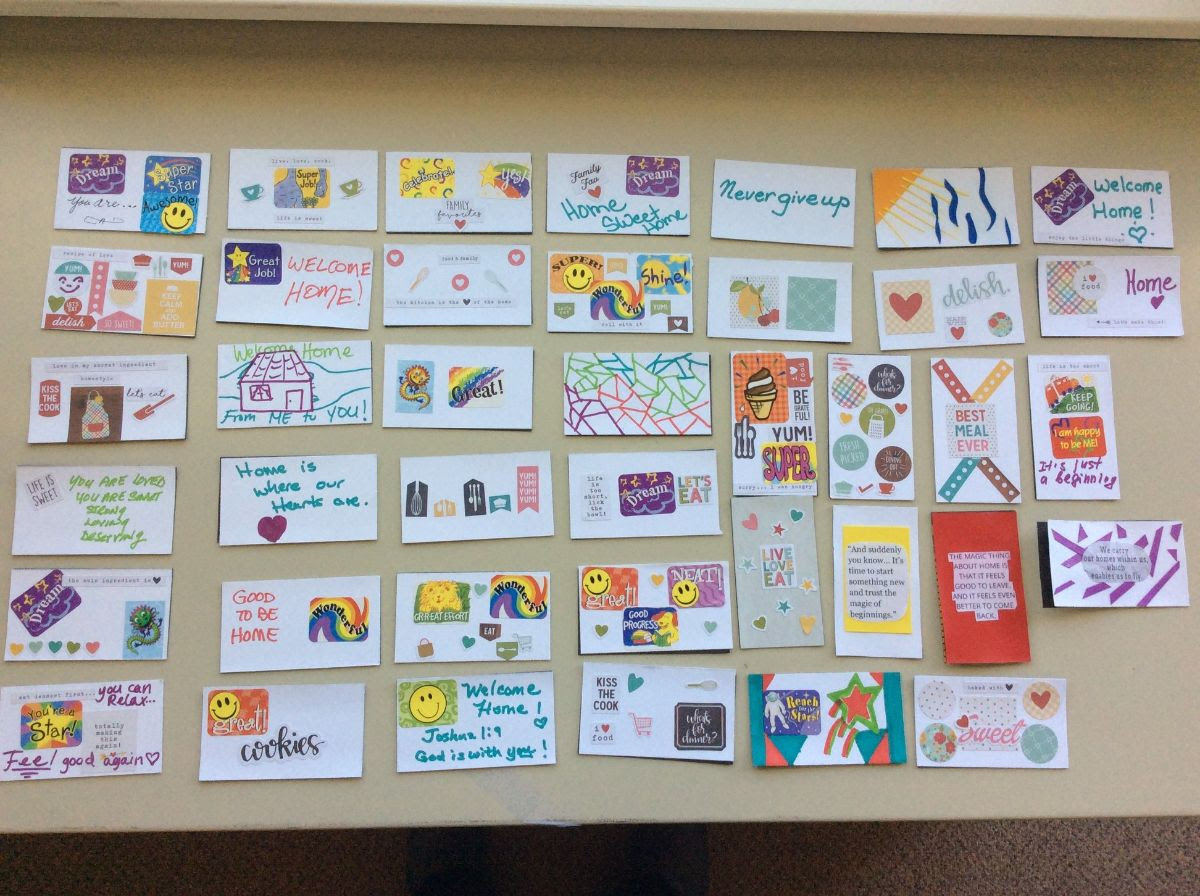
9. When people are housed, we all benefit
Rebekah Sammet was living in our Integrity Housing program when she agreed to speak at the Grand Opening of the Laure Reichek Housing Hub in July. She talked about how having permanent housing changed her life and the life of her two-year-old daughter.

8. COTS helps people stay housed
“Find housing. Keep housing.”
That’s our motto, and that’s what we help people do.

7. 30 years of community
“Thank you for being there,” someone wrote on a donation check this month.
May we turn that “thank you” right around?
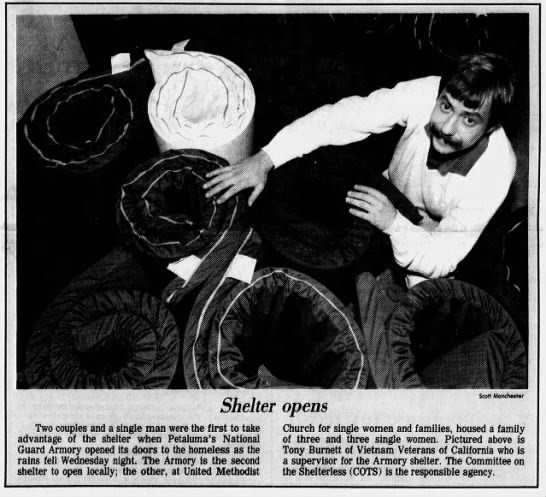
6. Volunteers keep our doors open
At any hour of the day—on any day—volunteers are working for COTS.

5. Spirits that won’t quit
In the face of the worst housing crisis in Sonoma County history, our residents live in hope, creating beauty and community.

4. Community fundraisers
These folks raised incredible amounts of cash and awareness. Thank you!
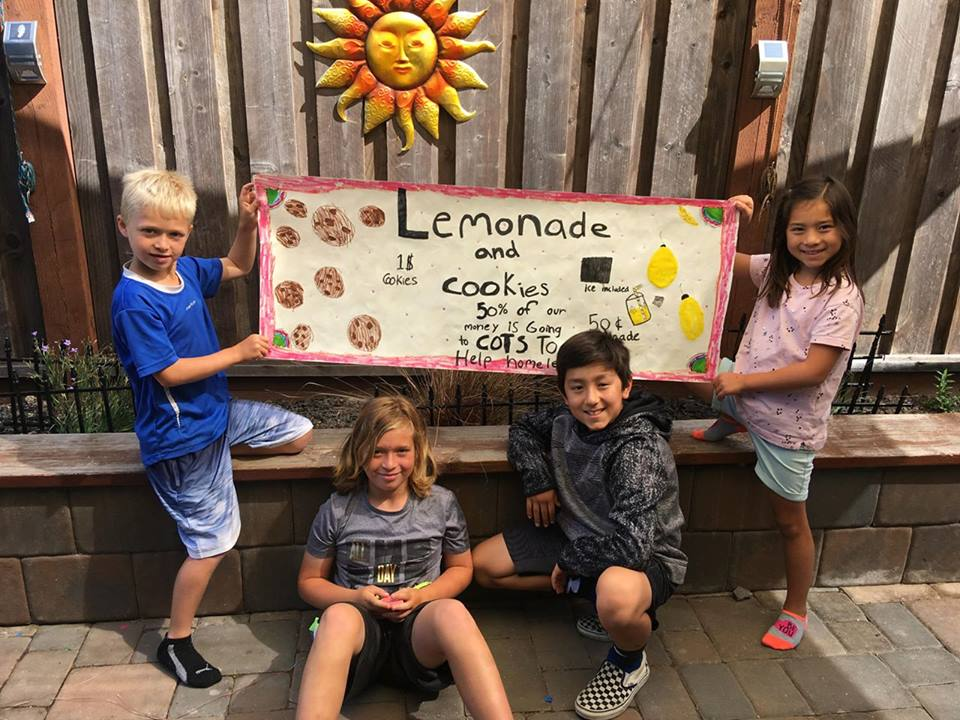
3. Business supporters
Our businesses volunteered, raised funds, donated goods, services, time and treasure.
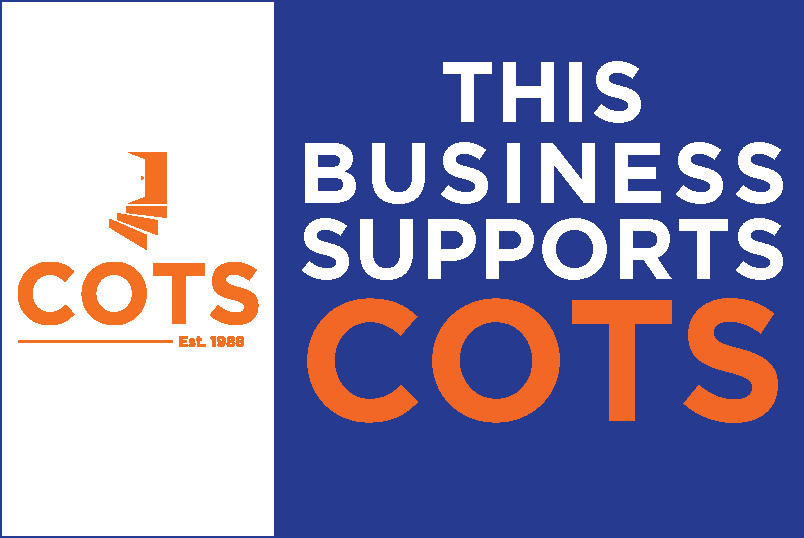
2. Landlords step up!
In the last year, we’ve been able to house hundreds of people–children and adults–thanks to dozens of landlords who believe in our programs and our participants.
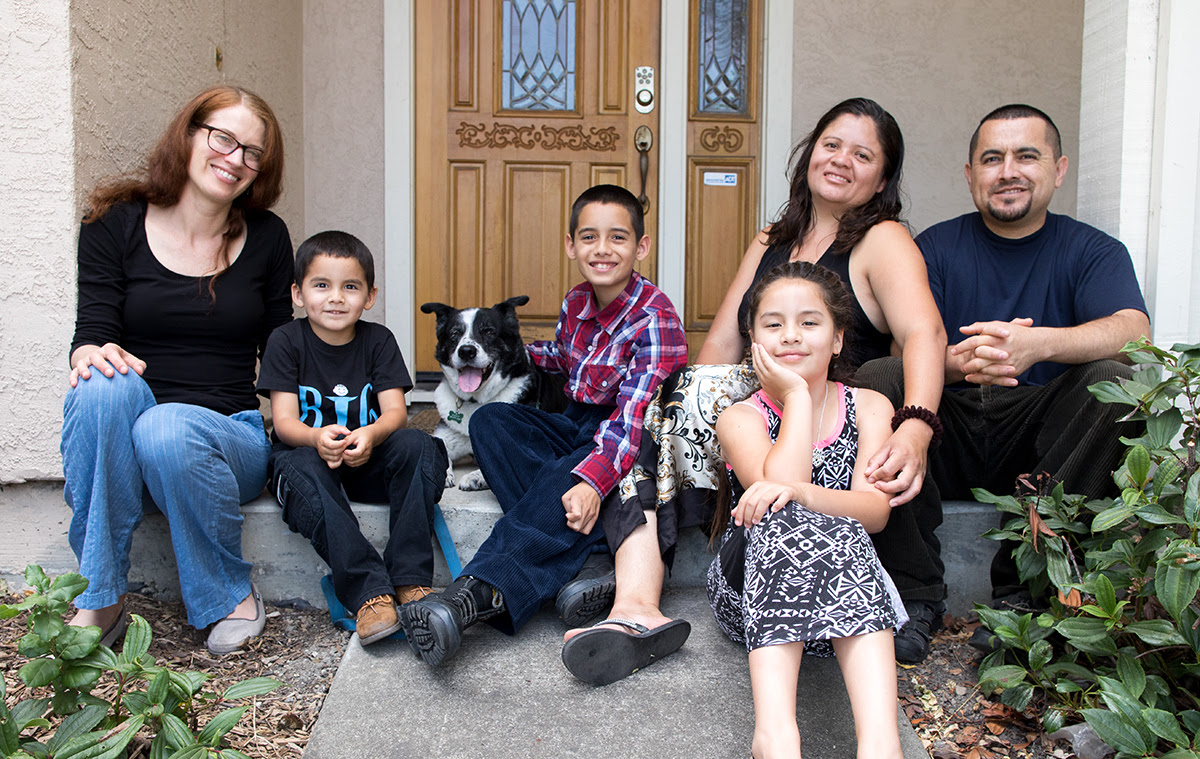
1. Diana Morales wins the COTS Board President’s Award
A kind word from Diana can convince people to finally come in from the streets, to seek help, to address problems, to make changes. Just last month, Diana saved two lives!
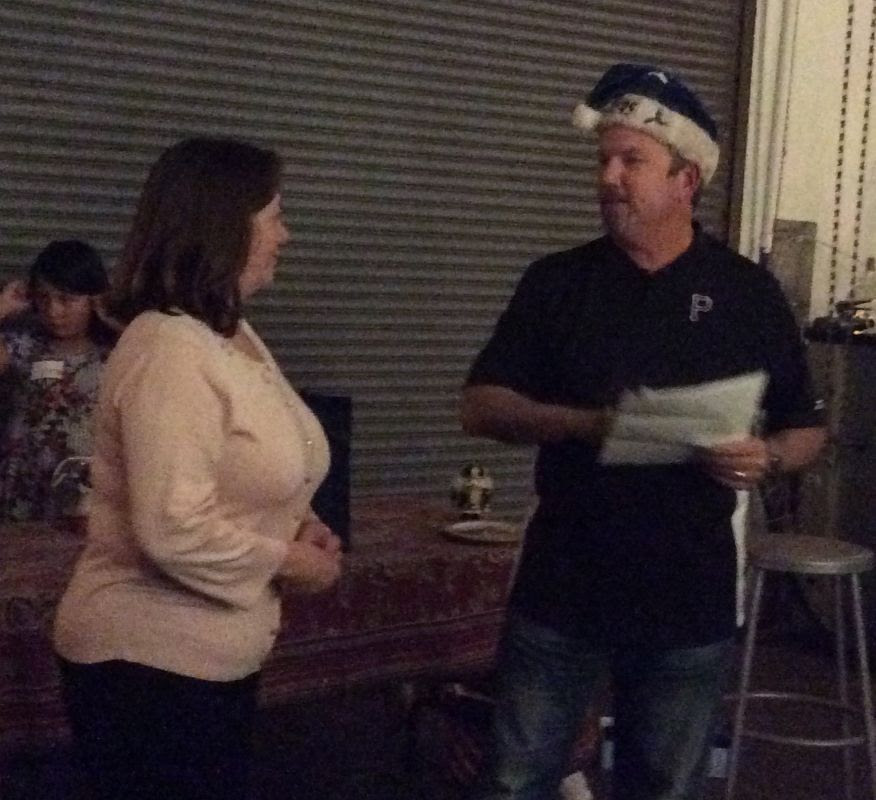
The Top 10 Moments of 2018: Diana Morales wins the COTS Board President’s Award
1. Diana Morales wins the COTS Board President’s Award
The overwhelming choice of her colleagues to win, Diana accepted her award at our Holiday Party on December 13 and was back at work before 7 the next day.
Diana started at COTS in 2015 as a front desk intern. Now she is a site coordinator, responsible for maintaining a safe and secure environment on the Mary Isaak Center first floor and for ensuring that our residents have their basic needs met. She works four 12-hour days a week. At times, she is the only staff person in the building.
Diana fields questions from everybody who comes up to the front desk—that means residents, would-be residents, donors, job applicants and our partners. It can be hectic during the day—with multiple people waiting for her assistance. One minute, she may be helping bring in donations from somebody’s trunk, the next, she’s getting someone a bag lunch, or giving directions to the bus stop. She’ll explain the value of working with a case manager, she’ll thank residents for their community service, she’ll hand out sheets, towels and dental floss. People are usually grateful, but sometimes they’re abusive. Diana never her loses her cool and always strives to defuse the situation and bring people to a place of calm.
Often, at night, she’ll listen long and hard to the stories of people who can’t sleep and who wonder if they’ll ever feel whole again.
She gives each person her full attention. No one with whom she’s speaking is aware that she has a million tasks waiting for her. They feel heard.
And that’s good because the stakes are high. A kind word from Diana can convince people to finally come in from the streets, to seek help, to address problems, to make changes. Just last month, Diana saved two lives! Nurse Annie, our resident Nurse Practitioner from the Petaluma Health Center, says Diana has great instincts and is an integral part of providing health care and security to residents.
Diana knows she could get an easier job, a better-paying job, a less stressful job. “I stay because this is important work,” she says.
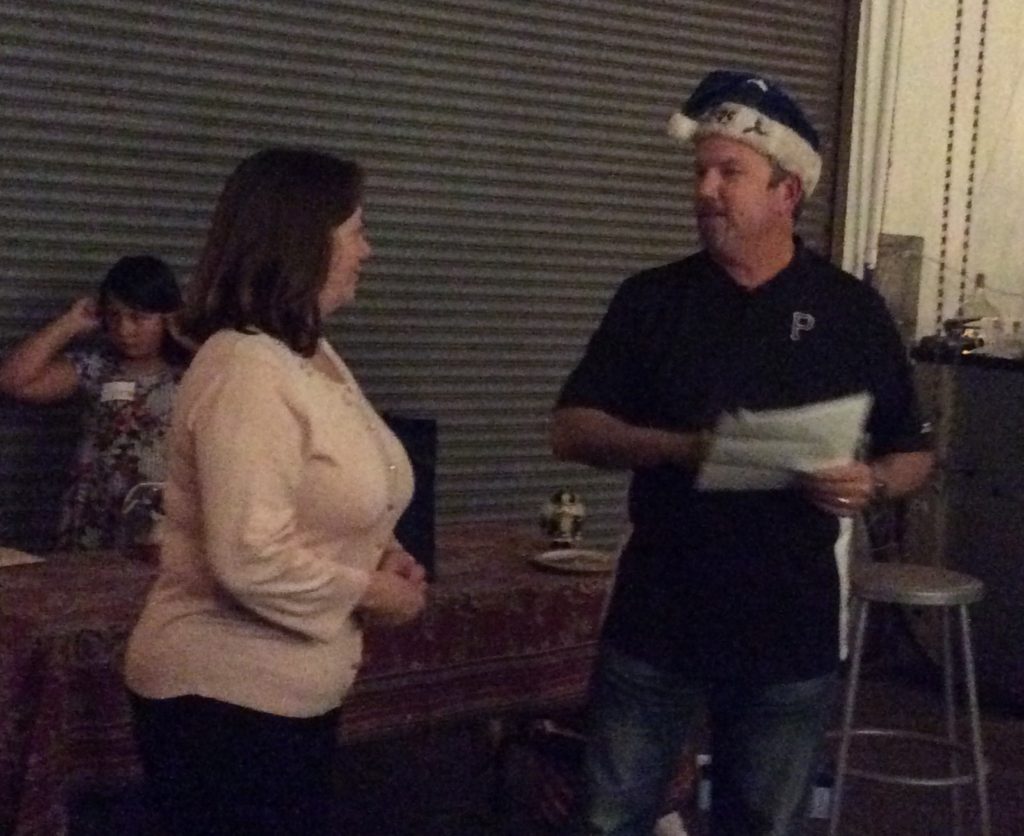
The Top 10 Moments of 2018: Landlords step up!
2. Landlords step up!
Rents are high in Sonoma County and vacancies are low. It's a great time to be a landlord, and a not-so-great time to be looking for a rental.
That's why we celebrate the local landlords who rent to our clients.
In the last year, we've been able to house hundreds of people--children and adults--thanks to dozens of landlords who believe in our programs and our participants. Oftentimes, these landlords could charge a higher rent but they don’t. There's no tax write-off for charging less than the market will bear, but these landlords do it anyway.
Sandro Rossini rents us several units in Rohnert Park for our Permanent Supportive Housing program for people who are disabled and who have been homeless for a long time. He rents to us, he says, because there is a huge need for housing—a need he can help meet. Also, COTS provides one solution to the problem that he believes in. “They are not wallowing around in theory,” Sandro says. “They are finding solutions and making them work.”
“I would recommend it,” Sandro says. “Go in with your eyes open because there are benefits and there are trade-offs. …The staff at COTS really wants to take care of tenants, make sure they’re stable. And that means they also want to hang on to the housing and keep the landlords happy. They’re responsive and good to do business with.”
Thank you, landlords! Every day you entrust us with your most valuable assets. We work hard to ensure that that trust is earned, but we recognize that you’re conducting business with your heart as well as your heads.
The Top 10 Moments of 2018: Business supporters
3. Business supporters
“Mankind was my business,” Marley told Scrooge. “The common welfare was my business.”
Trust and believe there will be no midnight visitations and clanking chains in our local businesses this year—or any year. They’ve been putting Marley’s words into action for COTS’ entire 30-year history.
We could say 2018 was no exception, but that would downplay how exceptional our business community is!
Our businesses volunteered, raised funds, donated goods, services, time and treasure.
Maria do Ceu, who owns and operates Out West Garage, is a longtime supporter. “We’re doing well,” she says “Business is good. We’re strong and we’re healthy. COTS reaches out to those who need it the most, and we’re so grateful to be able to help. It’s what everyone should be doing!”
The Top 10 Moments of 2018: Community fundraisers
4. Community fundraisers
There’s a DIY fever among our supporters. Hardly a week went by this year that a business, a community group, or some kids on summer vacation didn’t raise money for COTS. They did it through golf tournaments, arts and crafts sales, garage sales, lemonade stands, comedy nights, string quartets, craft shows, workouts, social media—you name it.
These folks raised incredible amounts of cash and awareness. Thank you!



